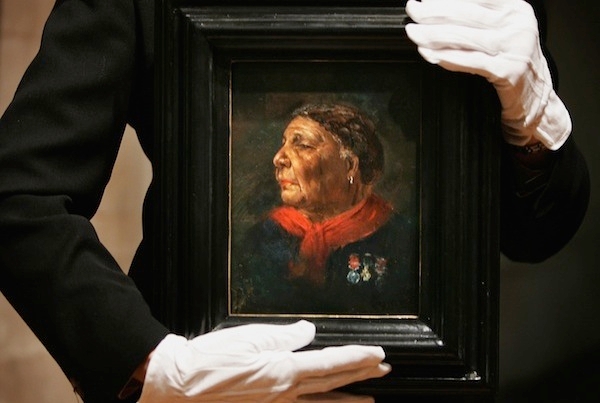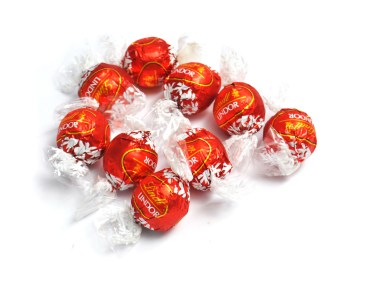Isn’t it time, just out of perversity, that we all signed the petition on the Operation Black Vote website to restore the part-time nurse Mary Seacole to the national curriculum? I am beginning to think that our children should learn all about this entertaining woman; she’s given me a good laugh for the last dozen or so years, ever since she was dredged up as an icon by the deluded and hysterical liberal-left.
After all, if Mary is not restored to the curriculum, kids will be pestering us to know why so many buildings in this country are named after her. The University of Salford, the University of Birmingham and Brunel all have outposts bearing the name of this mysterious woman, along with a bunch of nursing centres and, inexplicably, part of the Home Office. It is quite possible that many of these edifices were originally named after Winnie Mandela — before she started putting burning tyres around the necks of her political opponents. You don’t see many Winnie Mandela council blocks any more. Those necklaces were a bit too much.
But maybe OBV is right: we should tell our children the whole story; it will be an object lesson in the imbecility and absolutism of a certain section of the ethnic left, not least its wish to revel in perpetual victimhood. And a sort of weird inversion of anti-racism; that somebody should be considered important solely as a consequence of the colour of their skin. It is tempting to say that if Mary Seacole had been white then the people at Operation Black Vote wouldn’t have given a monkey’s about her either way. But that ignores the final paradox: she was white. Three quarters white. In her own words, only a little brown.









Comments
Join the debate for just £1 a month
Be part of the conversation with other Spectator readers by getting your first three months for £3.
UNLOCK ACCESS Just £1 a monthAlready a subscriber? Log in